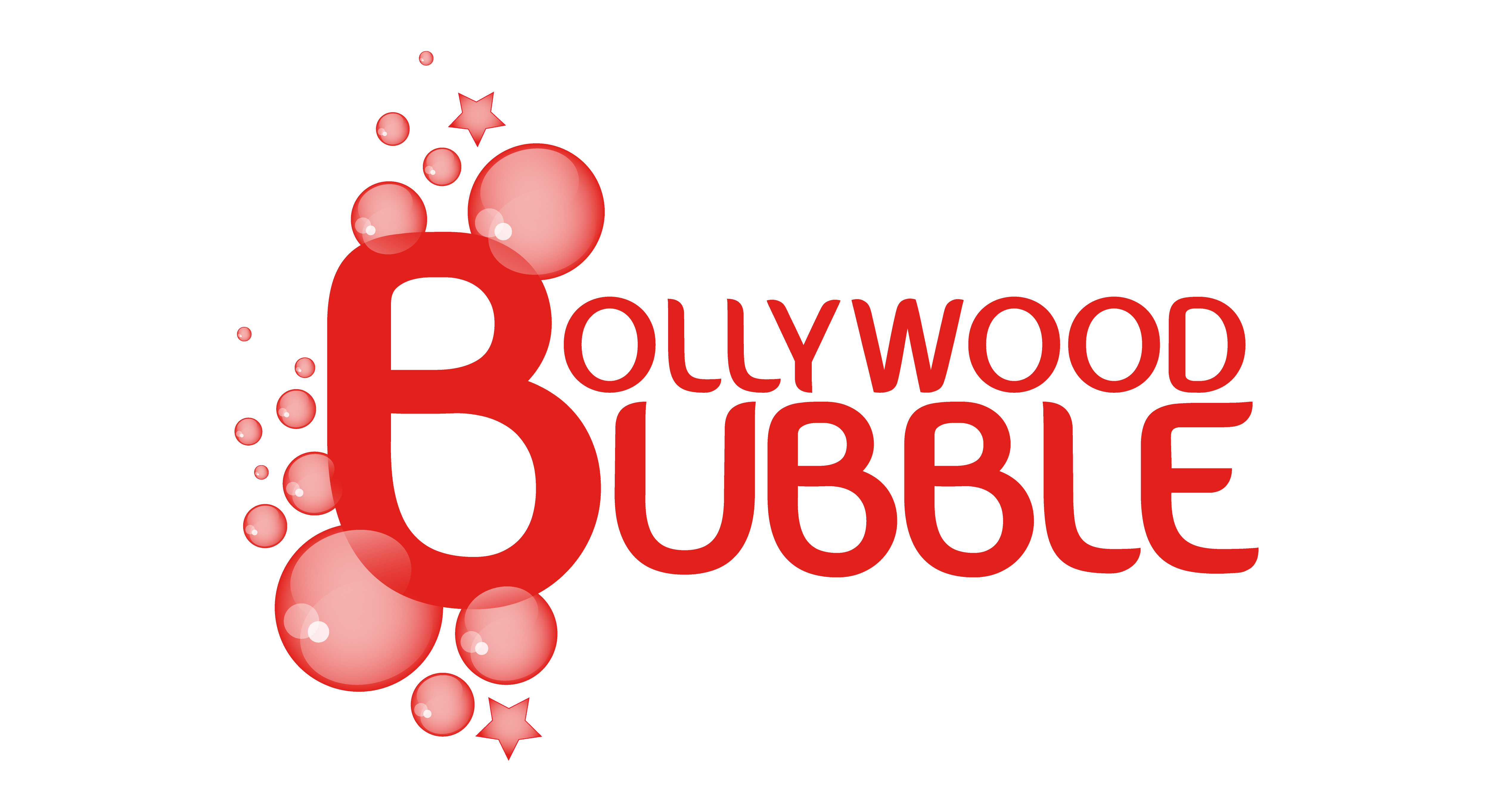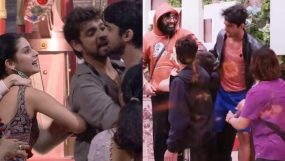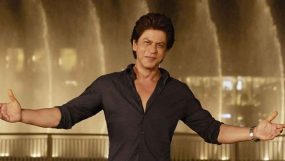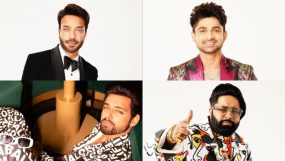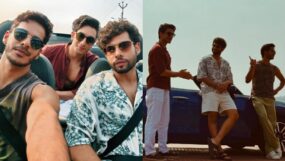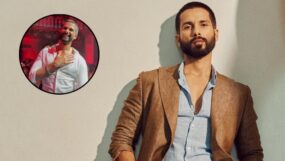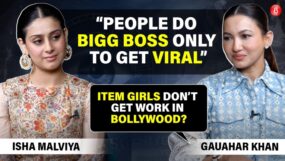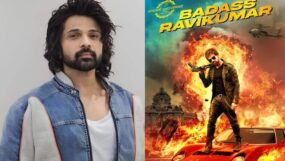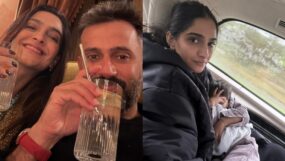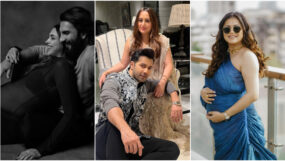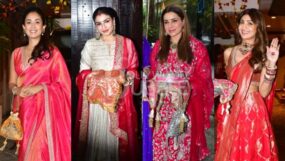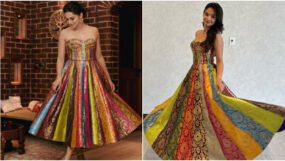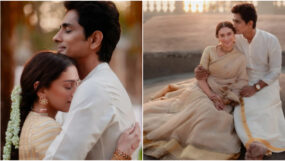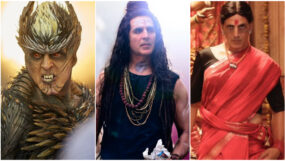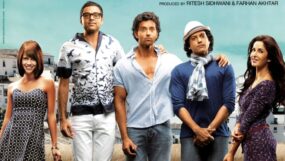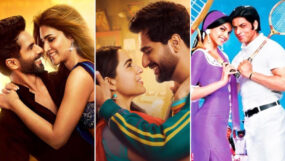
22 tak padhai, 25 pe naukri, 26 pe chokri, 30 pe bachhe, 60 pe retirement, aur phir… maut ka intezaar… Dhat, aisi ghisi-piti life thodi jeena chahta hun main
Well, the character of Ranbir Kapoor aka Bunny in ‘Yeh Jawaani Hai Deewani’ surely said something to ponder about, but no matter how much we loved the movie, it in itself failed to break the stereotype that this dialogue spoke of. We see the characters of Bunny, Naina, Adi and Avi reckless and carefree in the student years of their lives, close to somewhere around 18-20. Post eight years, when they are close to 26-28, we see Aditi getting married, and Aditya as someone who has given up in life and chose to revel his sorrows in drinking because he is tired of trying. On the other hand, we have a successful doctor Naina, and Bunny as a nomad travel journalist and photographer with huge money bags.
This gets you thinking. Firstly, who gives up at the age of 26? Don’t people have the right to feel critical about their career choices at that age? Aditya’s phase of building a great path ahead of him has just started, so just because he could not carve a path before the stereotypical age, is he just supposed wallow in self-pity and liquor about it? Well, we don’t think so. Secondly, another stereotype was the wedding of Aditi. While we agree that it was critical to the plot and quite convenient too, to bring together estranged friends at the wedding of best friend, the stereotype of ’26 pe chokri’ plays a strong part here. Naina and Bunny too are shown leading successful careers and a plush life at an age when most of us are confused as to whether we have even taken up the career that we want to pursue in future? After all, in real life not everybody gets a chance or freedom to dive headlong into unconventional paths.
There is another example. Before ‘Yeh Jawaani Hai Deewani’, there was ‘Zindagi Naa Milegi Dobara’, another movie which we all loved, but there too, the age stereotype was stark. In one of the sequences, we get to know that the leads, Kabir, Imran and Arjun are ten years past their college, and into their lives. But by then, one of them is already getting married, and the other one is raking in millions, all by the age of somewhere in late twenties. However, we were more than happy when Kabir divulged his fear in the end that he was not ready to get married. It was a much needed breaking of a stereotype that just because it was his ‘age’ to get married, he should.
Though Bollywood actors are living examples of successful youngsters living on their own terms, and shunning the societal pressures by not giving in, somehow, the same lacks in movies. How many times have we been shown protagonists who are in their thirties, unmarried, successful and living life as it comes? Rarely, because our protagonists are young and fresh, mostly in their early twenties. Even if they make a mistake, it is shown that they have ample time to redeem the same, well within the societal alarm clock of expiry.
We ask, why? When we can have a Deepika Padukone and Priyanka Chopra conquering the world in their early thirties, looking better than most of the twenty-year-olds, why can’t we have such protagonists? There are many Bollywood stars who were at the low phase of their careers with success and applaud coming in only when they touched the third decade of their lives. Shah Rukh Khan, the superstar, is the biggest example. Though he was slowly gaining popularity, but his key phase came in his thirties.
So Bollywood, when you have such real life role models to prove that success and emotions are not age sensitive, why portray the same in your movies? Why make plots that fit into the strata of society? Why not experiment with age which is just a number? Why can’t a person in thirties be a protagonist not suffering from some sort of crisis of societal pressure, and be happy and normal instead? And if there is a pressure, why can’t that be the one which is suffered by a normal human being, and not someone torturing one for hormonal crisis?
A brilliant example of the same can be the legendary sitcom ‘F.R.I.E.N.D.S’, which came in the nineties and showcased the lives of six individuals who were just ‘normal’. There was no societal pressure on them for marriage or career, no pressure to get something done within an age bracket, and slowly, they evolved in both personal and professional lives. We agree that it was a sitcom and not a movie, but then, the same imperfect characters can be shown in the movies too. A confused 29-year-old is not an alien, after all, and definitely not someone who cannot try for the age of trying is past, or even someone to be pitied for not being ‘settled’.
We want to see such stories and we want to see such characters. We want to see them evolve, but not be confined in a norm of stereotypes. Break the barrier of age Bollywood, let your characters make mistakes and not rush to redeem it in the duration of the movie. Let the plots and characters be imperfect, if that is what society deems them to be. You are the mirror of the society, and maybe one day, what you show as normal will be deemed normal in society, and not just the other way round.
Grammar Nazi, word weaver, dreamer, bibliophile, technophile, caffeine addict, foodie, shuttling shopaholic! Mash it in a Bollywood recipe and voila! Pushpa, you’ve got her!
